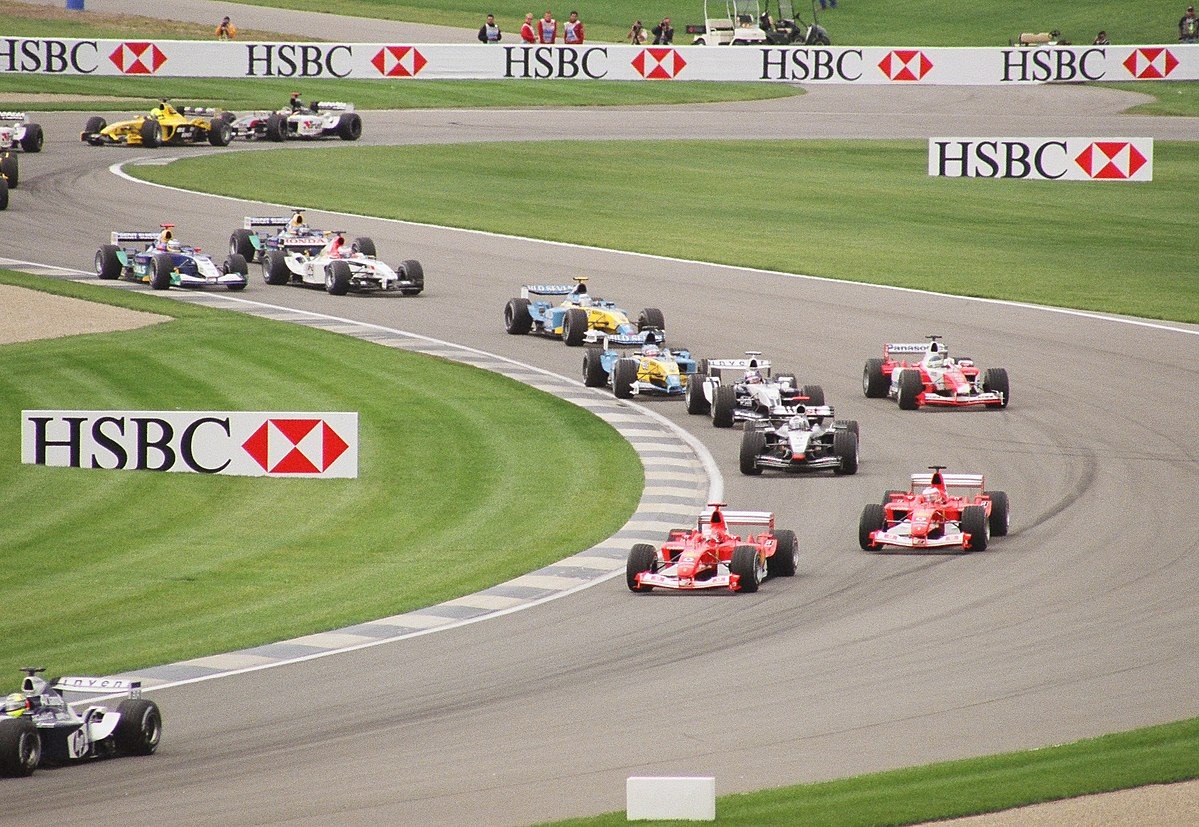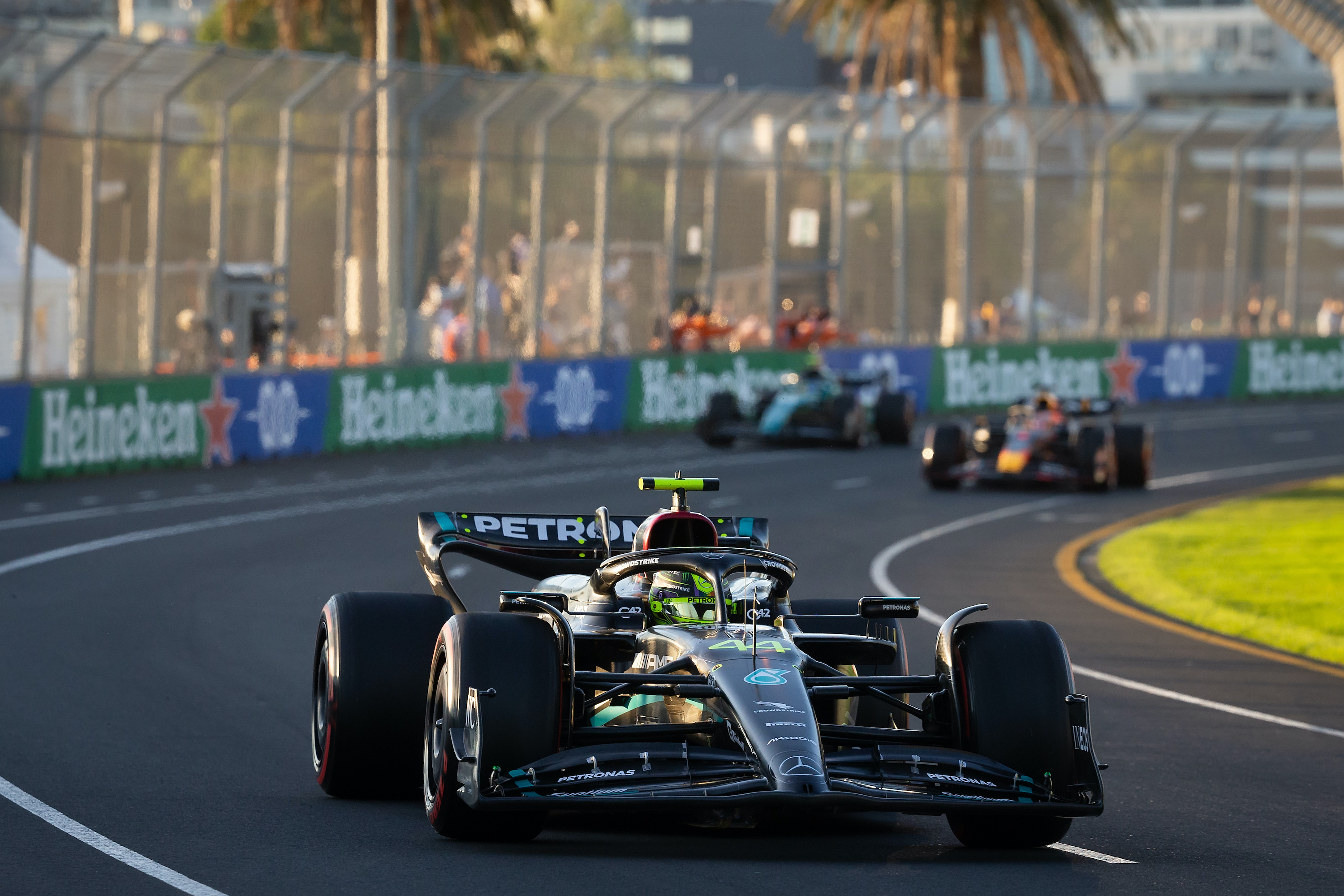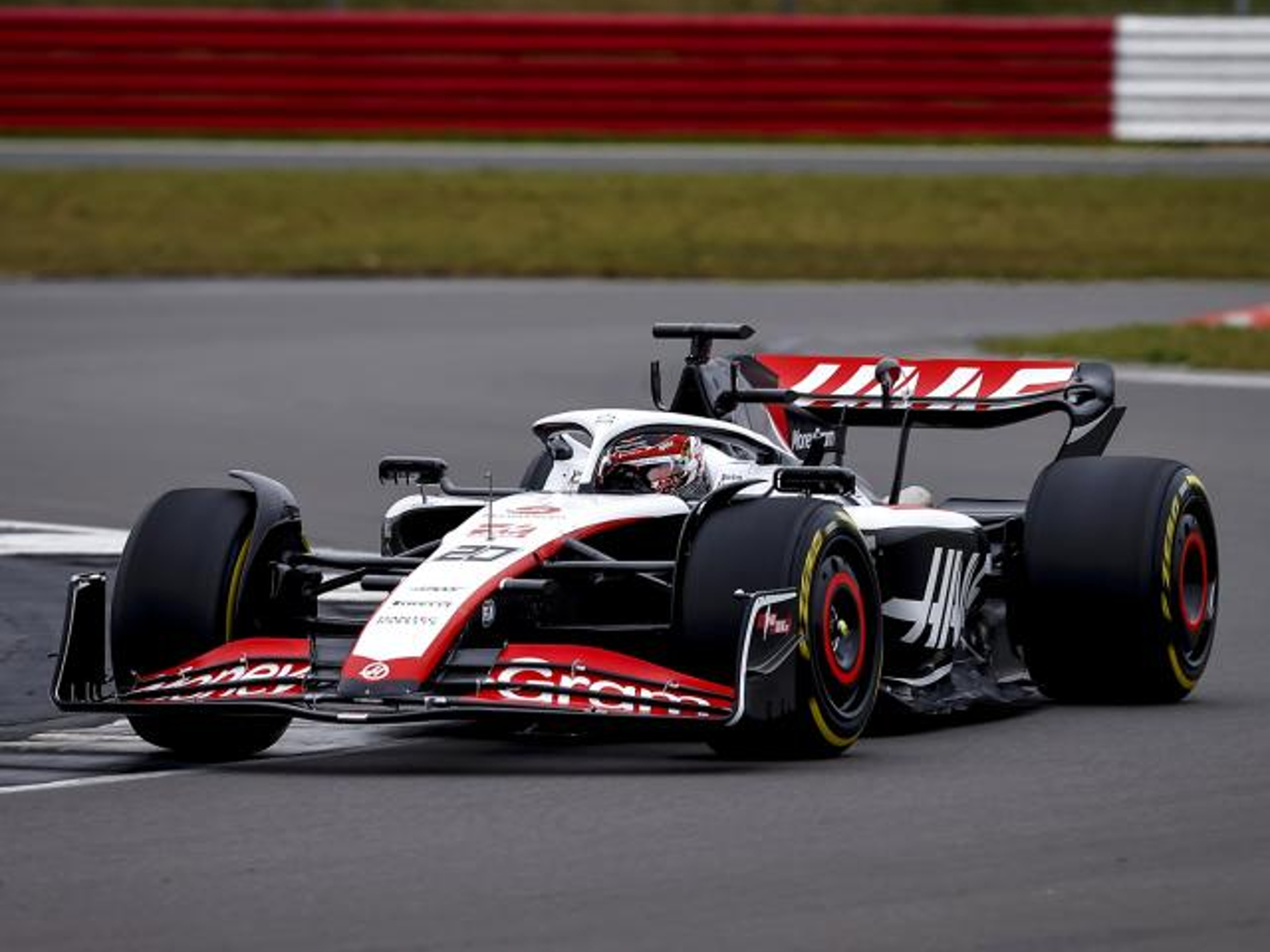
F1 team budgets aren’t public information, but the $140.4 million budget cap for the 24 races in the 2024 F1 racing schedule is one indication of the costs of fielding two cars for the season. However, the cost cap doesn’t include all financial outlays, including driver salaries, which run to eight figures for top drivers. The F1 Budget Cap and exceptions are spelled out in detail in the FIA F1 Financial Rules and Regulations. The massive expenses of F1 teams beg the question: How do Formula 1 teams make money?
Why the way F1 teams make money matters

The FIA instituted cost caps for F1 teams in 2021 to prevent the richest teams from essentially buying championships with their ability to outspend other teams on race car development. If that happened, F1 racing would suffer from fan boredom. The 2024 season reportedly is already losing spectators who are bored by Red Bull’s Max Verstappen’s unchallenged success and disappointed not by Red Bull or Verstappen but by the failure of other teams to offer serious competition to the three-time World Championship driver.
F1 team funding sources – Formula 1 payments

F1 teams win financial awards from the F1 organization each season. There are awards for the team’s finishing position in the World Constructor Championship, past performance bonuses, and shares of prize money from TV viewership and circuit fees. Ferrari gets a special bonus for its longest participation in F1, which began in 1950 in the first F1 Championship season.
Formula 1 charges race organizers eight-figure fees to hold races in their cities, which may partly explain why the 2024 F1 schedule includes 24 Grand Prix, the largest number ever. Race fees vary, but Monaco reportedly pays the lowest annual fee, while fees for the Saudi Arabia Grand Prix and other newer Grand Prix events are the highest. According to most sources, TV viewership worldwide continues to grow, which brings massive fees to the F1 group, which are then shared with F1 teams.
Most financial amounts mentioned in reports about F1 racing are estimates, but data from F1 owner Liberty Media’s financial reports indicate the level of funds involved. In 2017, Liberty Media closed on a deal to buy the Formula One Group for $4.6 billion.
In 2023, Liberty Media reported $3.222 billion in revenue for the F1 Group, up from $2.573 in 2022. Payments to F1 teams totaled $1.215 billion for 2023, an increase from the $.157 billion in team payments in 2022. After all other operating, administrative, depreciation, and amortization costs, BTW, Liberty Media’s 2023 net operating income from the Formula One Group was $392 million.
F1 team funding sources – Sponsorships

Sponsorships are the largest source of financial support for F1 teams. Ferrari and Mercedes-Benz sponsor F1 factory teams, but all teams have sponsors from a wide range of sources. Team sponsorships reportedly range from about $500K for a non-logoed sponsorship ranging to $3 million to $5 million for logos on cars and racing suits and helmets to as much as $60 million annually for major naming rights where the sponsor’s name is part of the official team name for a season.
Pay drivers are a special form of sponsorship. Pay drivers have to meet the FIA licensing and other requirements to drive F1 cars, but instead of competing for a seat on an F1 team and commanding large salaries, sponsors pay the team to allow the drivers to race. Pay drivers are paid a salary by teams, but it’s usually the minimum amount, currently estimated to be $1 million per year.
Editors' Recommendations
- Formula 1 has a new subscription-free ad-supported streaming channel
- F1 helmet Niki Lauda wore in infamous crash will be auctioned for the first time
- How much do Formula 1 pit crew and mechanics make?
- How do you become a Formula 1 driver?
- How much does a Formula 1 car weigh?


